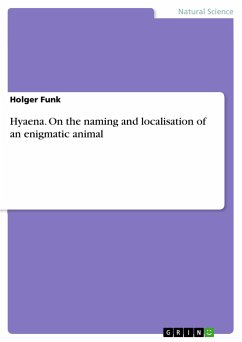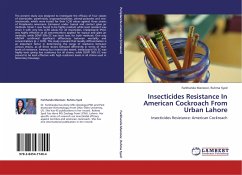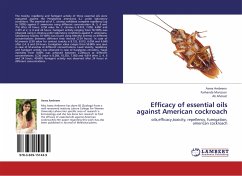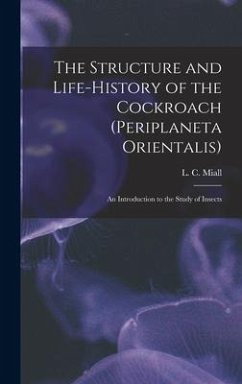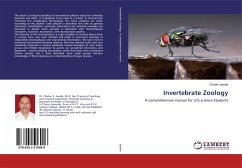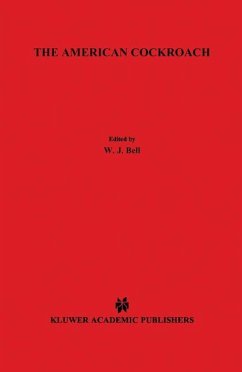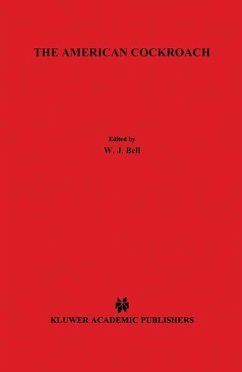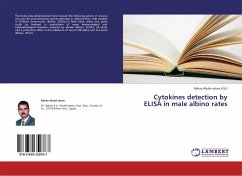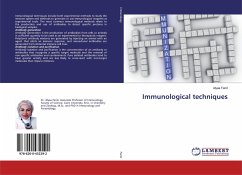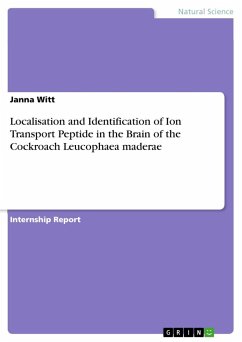
Localisation and Identification of Ion Transport Peptide in the Brain of the Cockroach Leucophaea maderae
Versandkostenfrei!
Versandfertig in 1-2 Wochen
17,95 €
inkl. MwSt.

PAYBACK Punkte
0 °P sammeln!
Internship Report from the year 2012 in the subject Biology - Zoology, grade: 1,0, Stockholm University (Zoologiska Institutionen: Funktionell zoomorfologi), language: English, abstract: The neurohormone Crustacean Hyperglycaemic Hormone (CHH) is the major member of the CHH-superfamily and controls the osmoregulation, moulting and reproduction in decapod crustaceans. In some insects a neurohormone occurs, which is closely related to CHH; the Ion Transport Peptide (ITP). In locusts it is a chloride transport-stimulating and acid secretion-inhibiting hormone and controls (together with other pep...
Internship Report from the year 2012 in the subject Biology - Zoology, grade: 1,0, Stockholm University (Zoologiska Institutionen: Funktionell zoomorfologi), language: English, abstract: The neurohormone Crustacean Hyperglycaemic Hormone (CHH) is the major member of the CHH-superfamily and controls the osmoregulation, moulting and reproduction in decapod crustaceans. In some insects a neurohormone occurs, which is closely related to CHH; the Ion Transport Peptide (ITP). In locusts it is a chloride transport-stimulating and acid secretion-inhibiting hormone and controls (together with other peptide hormones) the final modification of the primary urine by ion, solute and water reabsorptive processes primarily in the hindgut. As ITP is well known in locusts, fruit flies and moths, we want to show its existance in another important model organism for the neuropeptide research: the cockroach Leucophaea maderae (L.maderae). To localise ITP and the neurosecretory cells, which produce/release ITP, in the brain tissue of L.maderae, we use two indirect immunohistochemical techniques: immunofluorescence staining and peroxidase-antiperoxidase staining. The basic principle of these methods are predicated on the process of detecting antigens in cells of a tissue section by exploiting the principle of antibodies binding specifically to antigens in biological tissues. Because of the similarity to CHH, we can use an antiCHH antibody to stain ITP in the tissue. To identify ITP in the brain of L.maderae, we conduct a reversed-phase high-performance liquid chromatography (HPLC) and a following direct enzyme-linked immunosorbent assay (ELISA) of 10 retrocerebral complexes.



